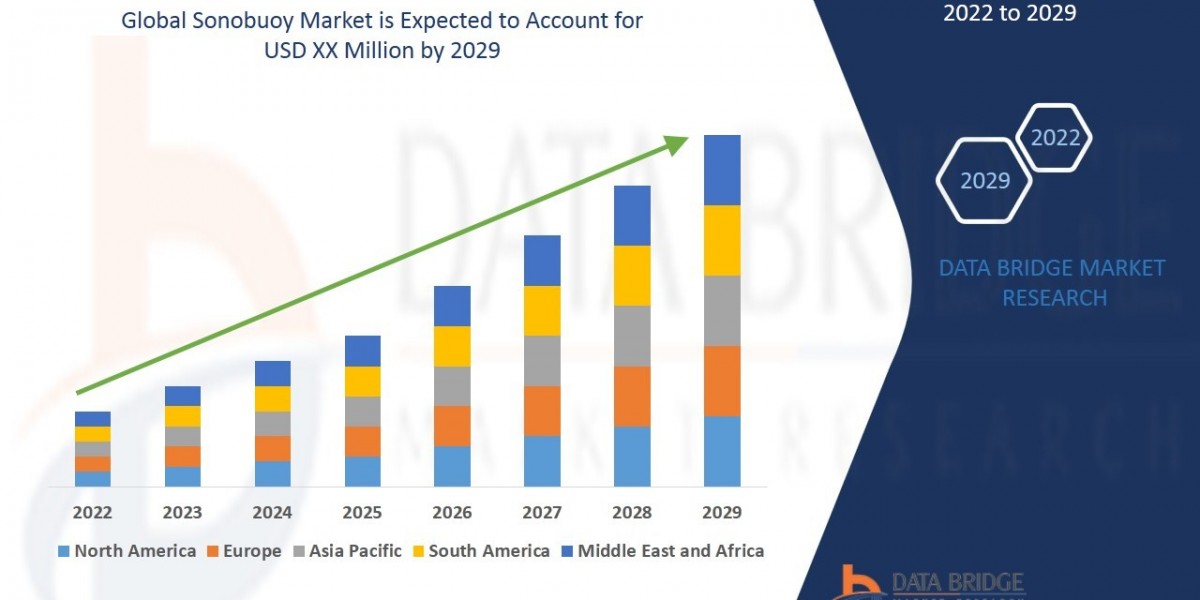The cement market stands as one of the most essential segments in the global construction and infrastructure industry. As the primary binding material in concrete, cement is a fundamental component in the construction of residential buildings, commercial spaces, bridges, roads, dams, and other infrastructure projects. The market is vast, dynamic, and tightly linked to economic growth, urbanization trends, and infrastructure development.
However, the cement industry is not without its challenges. It is known to be one of the largest producers of carbon dioxide emissions, accounting for about 7–8% of global CO₂ output. This environmental concern has led to rising regulatory pressures and a push for greener, more sustainable alternatives. As a result, the market is witnessing a significant transformation.
Innovation and sustainability have become key themes within the cement industry. Manufacturers are increasingly investing in technologies such as carbon capture and storage (CCS), the use of alternative fuels (like biomass and waste materials), and the development of low-clinker and blended cements. Green cement—which significantly reduces emissions during production—is gaining traction among environmentally conscious builders and governments.
In addition to sustainability, technological advancements are improving production efficiency and supply chain management. The integration of automation, real-time monitoring systems, and AI-driven optimization tools is helping major players reduce costs and improve product quality. The shift toward digital cement plants and smart manufacturing systems is likely to accelerate in the coming years.
The Asia-Pacific region dominates the global cement market, with China alone producing more than half of the world's cement. India is also rapidly expanding its production capacity due to a massive housing shortage and growing infrastructure demands. Meanwhile, developed regions like North America and Europe are focusing on renovating aging infrastructure and transitioning to low-carbon construction materials.
Major companies in the industry include LafargeHolcim, HeidelbergCement, Cemex, UltraTech Cement, and CRH plc, among others. These players are not only expanding production facilities but also actively participating in mergers and acquisitions to strengthen market presence and regional reach.
Looking ahead, the cement market will continue to be shaped by economic cycles, climate change policies, and technological disruption. The winners in this industry will be those that can balance cost, performance, and environmental impact—creating high-quality cement while aligning with the global sustainability agenda.








